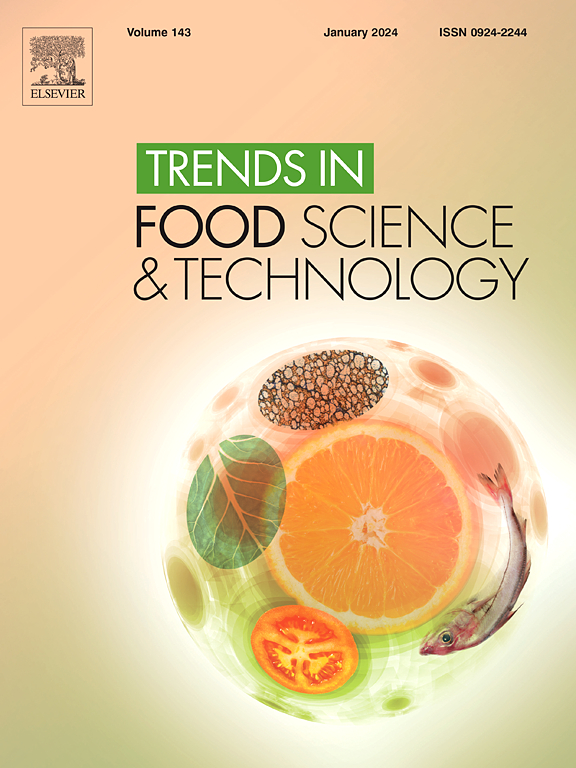Evaluation and validation criteria for kinetic models in food science: A critical review
IF 15.1
1区 农林科学
Q1 FOOD SCIENCE & TECHNOLOGY
引用次数: 0
Abstract
Background
Kinetics plays an important role in food science, and statistical tools are indispensable for modeling and identifying suitable models. Various evaluation methods are employed to derive models that describe experimental data with the highest possible accuracy.
Scope and approach
This article critically examines the validation criteria for kinetic models in food science, emphasizing their relevance and application. Key criteria such as residuals, parameter precision, and predictive ability are explored. The article underscores the importance of a thorough understanding of statistical tools to develop accurate kinetic models. Special attention is given to the techniques and criteria used to evaluate these models, with a detailed discussion of their potential and limitations. This study demonstrates the correct use of different methods for evaluating and validating kinetic models, with examples from the literature illustrating the concepts discussed.
Key findings and conclusions
The main outcome is an in-depth analysis of the various methods commonly used in the evaluation of kinetic models, revealing a significant misunderstanding among researchers regarding the true meaning of these tools. Specifically, some well-known tools, as they are currently used, are ineffective, while others, often overlooked, are indispensable. The advantages and disadvantages of these methods are highlighted. The main advantage lies in evaluating uncertainty and predictive capabilities, while the main disadvantage is that researchers need to have a solid understanding of these methods. By addressing gaps in kinetic model evaluation tools, the field of food science could achieve significant advancements.
求助全文
约1分钟内获得全文
求助全文
来源期刊

Trends in Food Science & Technology
工程技术-食品科技
CiteScore
32.50
自引率
2.60%
发文量
322
审稿时长
37 days
期刊介绍:
Trends in Food Science & Technology is a prestigious international journal that specializes in peer-reviewed articles covering the latest advancements in technology, food science, and human nutrition. It serves as a bridge between specialized primary journals and general trade magazines, providing readable and scientifically rigorous reviews and commentaries on current research developments and their potential applications in the food industry.
Unlike traditional journals, Trends in Food Science & Technology does not publish original research papers. Instead, it focuses on critical and comprehensive reviews to offer valuable insights for professionals in the field. By bringing together cutting-edge research and industry applications, this journal plays a vital role in disseminating knowledge and facilitating advancements in the food science and technology sector.
 求助内容:
求助内容: 应助结果提醒方式:
应助结果提醒方式:


